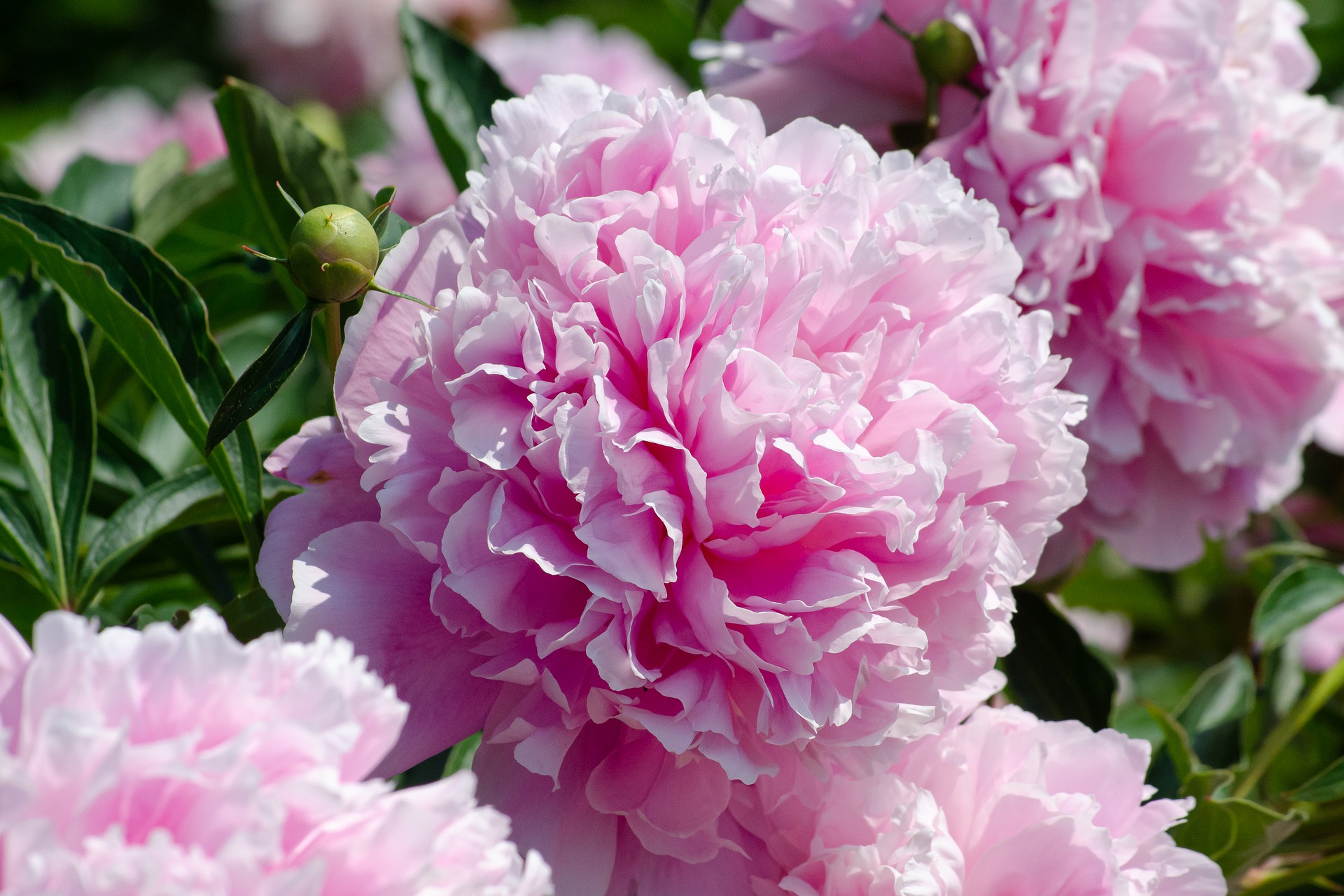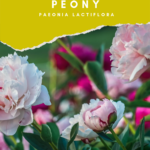Links contained in this post and elsewhere on my website may include affiliate links. When you make a purchase through these links, I earn a commission at no additional cost to you. I only link to products and services that I love - and that I think you will love, too!
Although it is much loved as a garden flower, few people realize the rich herbal history behind the beautiful peony. Despite this plant’s current masquerade as a showy garden ornamental, herbalists have never entirely forgotten its true value. Read this article and learn how herbalists use Paeonia lactiflora.
Common types of peony
Modern herbalists use three main species of peony:
- Paeonia lactiflora
- P. officinalis
- P. suffruticosa
It’s quite likely that you or someone you know have at least one of them in your own garden!
P. lactiflora is originally from Asia, while P. officinalis is native to Europe. Both species can have either single or double flowers and come in many shades of white, red, pink, and yellow. A large majority of the beautiful garden peonies grown today are one of these species.
The leaves and stems of these peonies die back to the ground at the end of the growing season every year.
P. suffruticosa has woody stems and grows like a small tree or shrub. Hence, its other name: tree peony. Tree peony, sometimes called Moutan peony, is native to China.
Paeonia lactiflora parts used in herbalism
My mom and I love to grow peonies for the flowers. If you’re like us, that’s probably why you planted them in your garden, too. Even though the flowers are gorgeous, they aren’t the herbal parts of peony. Herbalists use dried peony roots. They also make a distinction between two different ways to prepare the roots. It’s a little confusing because they call the two types red peony and white peony, even though it has nothing to do with the flowers.
White peony and red peony
It does sound like it should refer to the different colors of the flowers. However, red and white actually means the colors of the roots!
To make it even more confusing, some sources, such as Leslie Tierra in Healing with the Herbs of Life, suggest that red peony refers to “wild peony”, while white peony refers only to P. lactiflora.
But a very thorough article by Subhuti Darmananda, the director of the Institute for Traditional Medicine, explains that red vs white refers to the condition of the roots. White peony roots go through a process of peeling, boiling, and slicing. Then they are ready for drying. Red peony roots still have their reddish brown outer layer.
In this line of thinking, both red and white peony can come from the same plant. They are usually sourced from P. lactiflora, sometimes from P. veitchii or other species.
Interestingly, there was not always a distinction in TCM between white and red peony although it was mentioned in old texts by at least the 16th century. Regardless, P. suffruticosa was always given its own class of action and addressed separately.
How herbalists use peony
According to TCM, white peony root is a tonic for the blood. It is often used for women’s gynecological conditions. Herbalist Matthew Wood, in The Earthwise Herbal, suggests that peony is specific for gynecological problems related to imbalances with excess of estrogen.
In modern herbalism, peony is classed as a nervine. This use has a longstanding tradition behind it. Dating as far back as Galen, P. officinalis is attributed as a remedy for epilepsy and spasmodic disorders in children. King’s American Dispensatory of 1898 references a mixture of thyme, scullcap, peony, and black cohosh for this purpose.
The final major use historically for peony is as an antispasmodic and for pain relief. Peony and Licorice Combination (equal parts of each), is still used this way in TCM. As an antispasmodic, peony was especially prized for abdominal cramps, menstrual cramps, or cramps in the hands, feet, and calves.
Because of the relaxing nature of peony, King’s also notes use of a mixture of peony and black cohosh as an antispasmodic during outbreaks of pertussis.
This herb is also reputed to be useful for fevers, especially when there is fluid loss through copious sweating and there are seizures.
Cherished flower, cherished Root
Knowing the history of our garden flowers is a wonderful way to connect with our herbal past. There are so many with forgotten histories and surprising stories. Peony is a perfect example.
Are you curious about the species of peony growing in your garden? Modern gardeners have many gorgeous varieties and species of peony to choose from! Use the registry at the American Peony Society to look up your varieties and learn the species.
More Paeonia lactiflora articles
Other articles here on Indie Herbalist about Peony include:
Peony Root and the Immune System
Peony Uses for Emergency Preparedness







